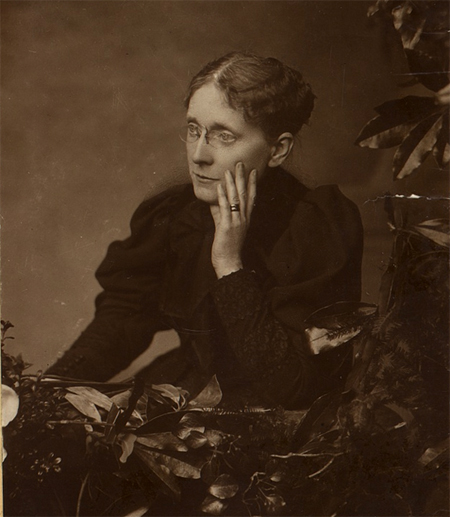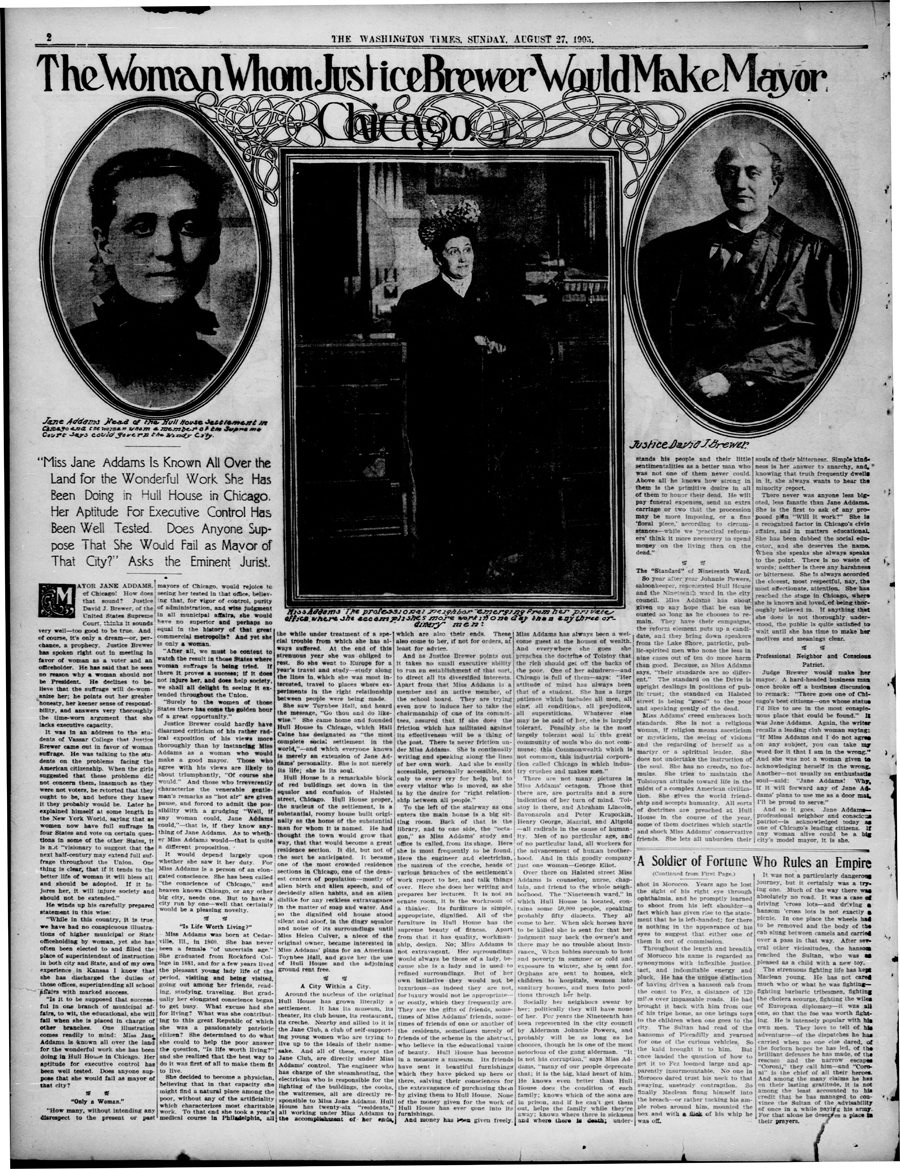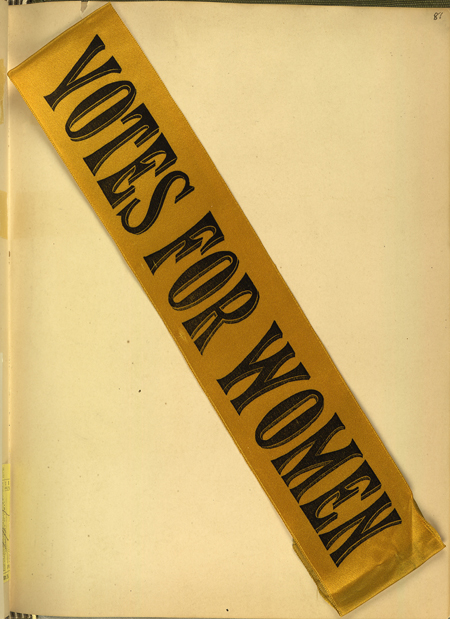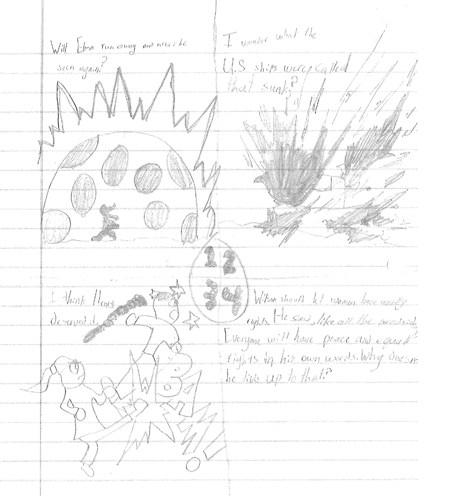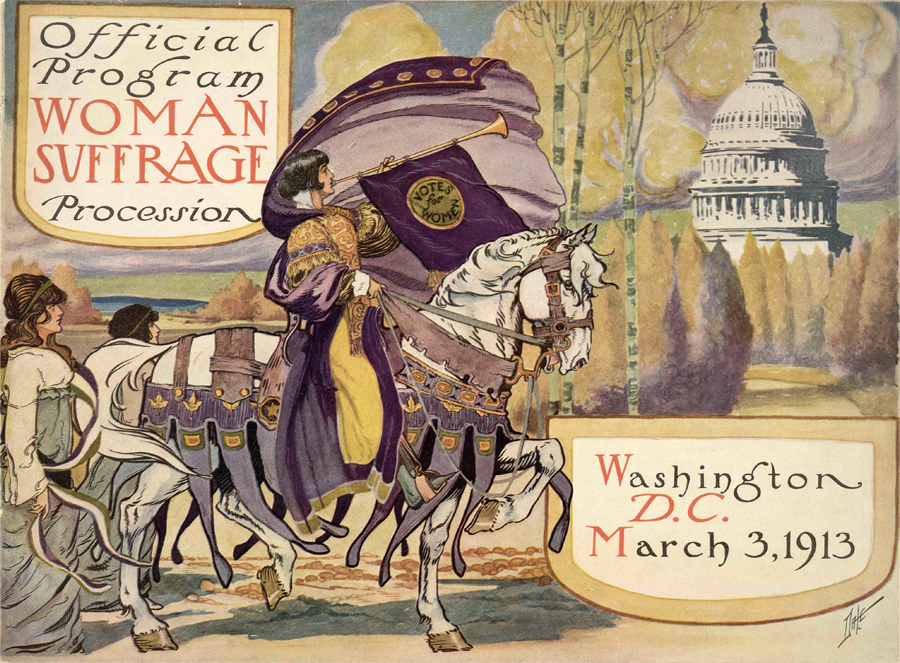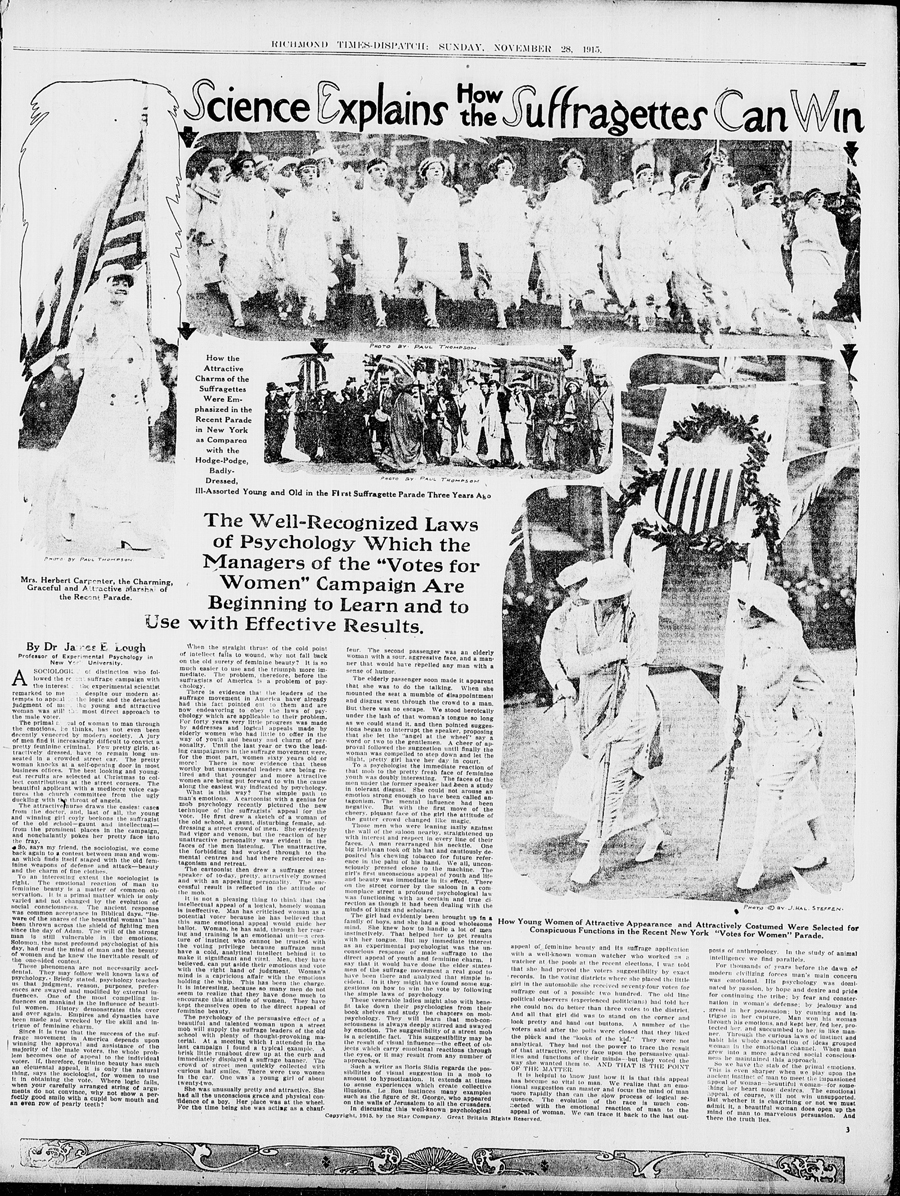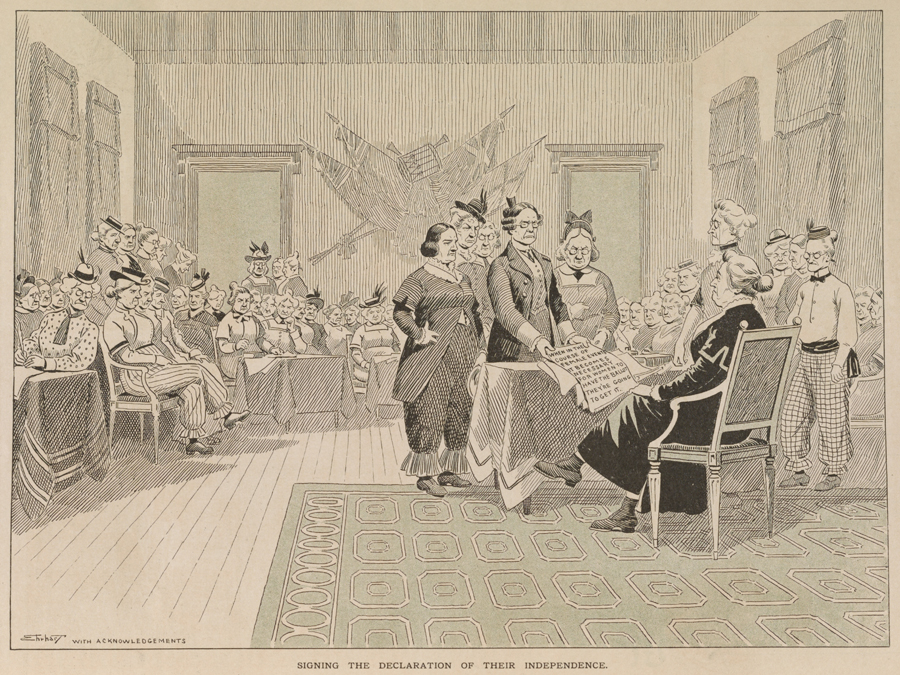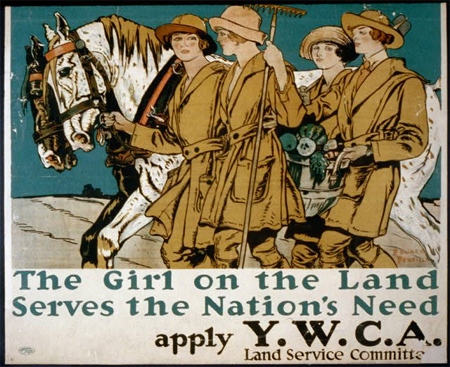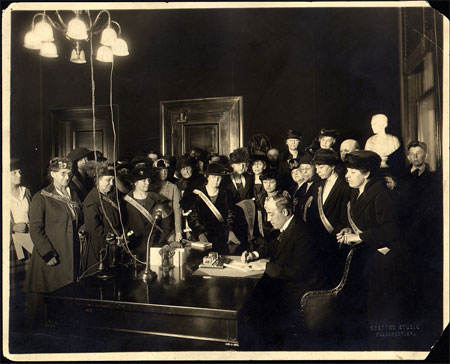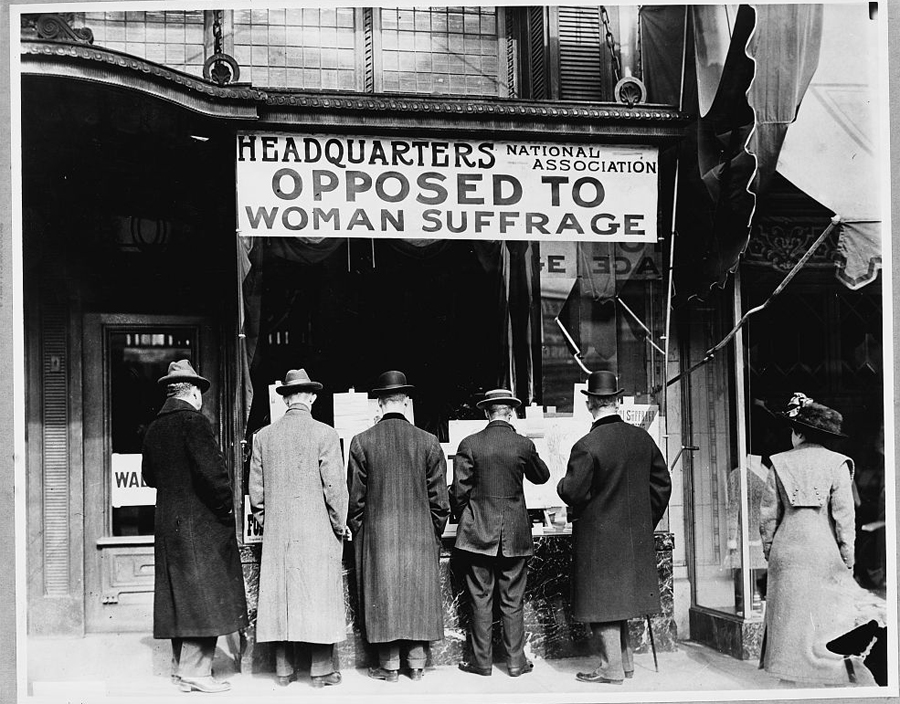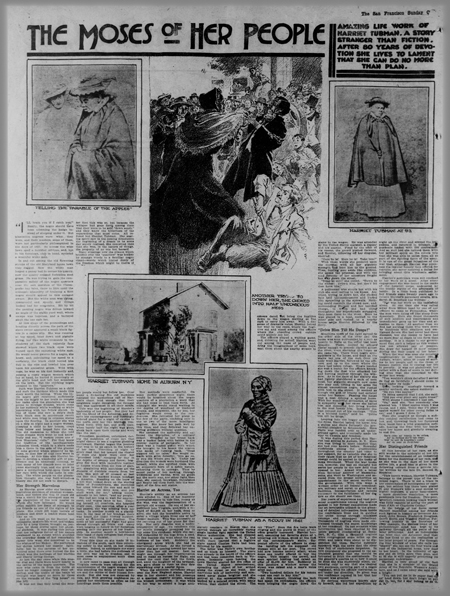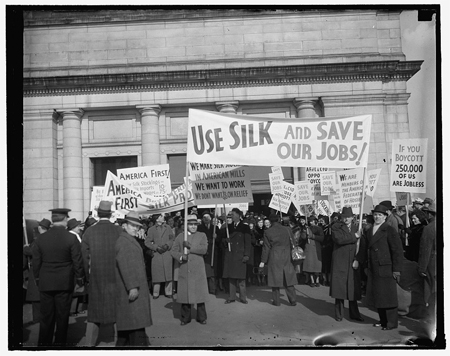Primary Source Spotlight: Frances Willard & the WCTU
The Do-Everything Policy by Frances Willard primary source analysis activity Correspondence, speeches, & other texts by Frances Willard Texts about Frances Willard How Racism Tainted Women’s Fight to Vote (1894 showdown between anti-lynching crusader Ida B. Wells and temperance leader Frances E. Willard) The Root March 25 2011 Frances Willard temperance: historic newspaper coverage Frances Willard image set Causes: The Woman’s…

